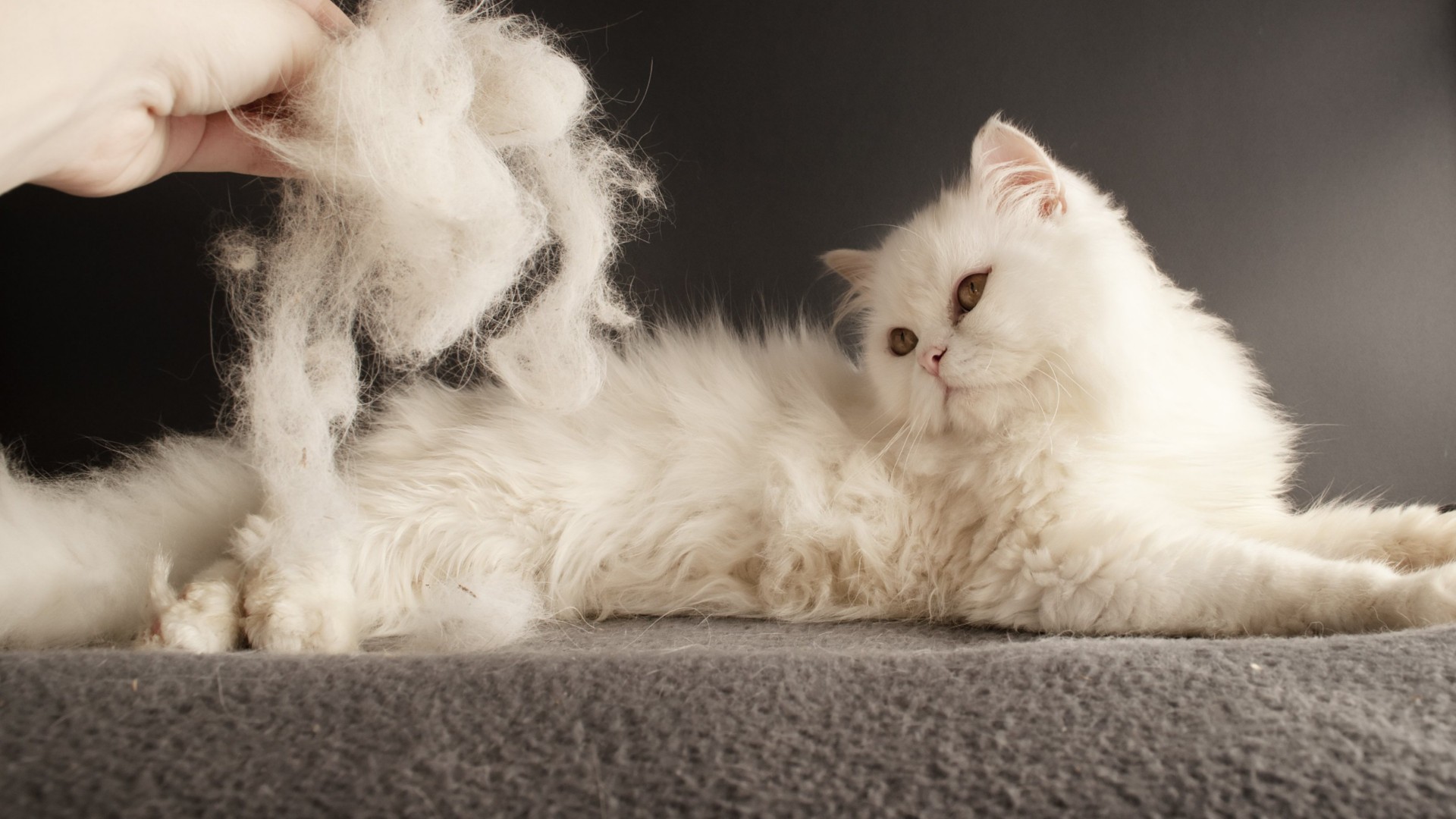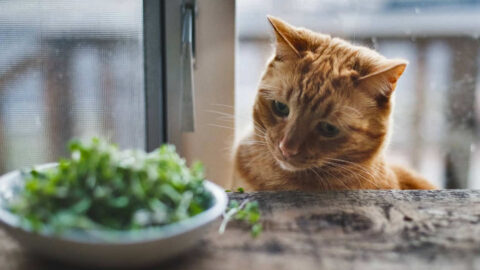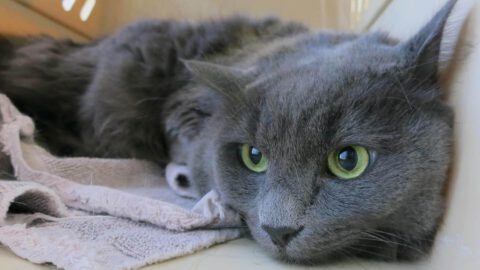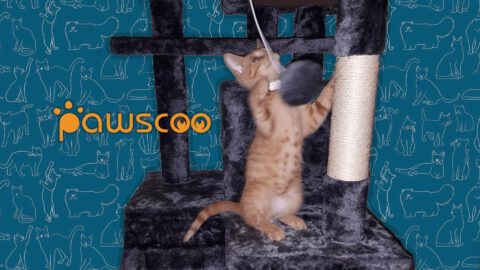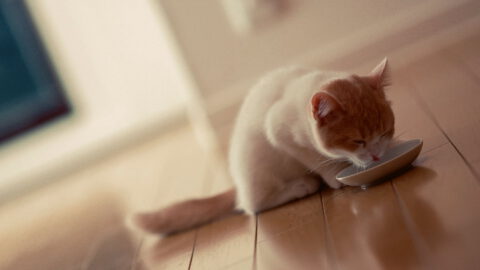Last Updated on March 28, 2020
Stress and hair pulling doesn’t always go hand in hand. While stress can be a trigger for some cats, it can be something entirely different. This simply isn’t a normal behavior and it is important to figure out what is causing the problem. Since your cat is not able to tell you what is causing the problem, you will have to investigate and possibly get some help from your veterinarian. Hair pulling can lead to rashes and wounds that can easily become infected.
Most Common Reasons for Hair Pulling in Cats
A cat could be pulling its hair for many reasons, but these are the most common:
- Stress
- Allergies
- Skin Infection
- Fleas/Mites
- Vitamin/Mineral Deficiencies
Stress
Stress is one of the most common factors in many illnesses in both the human world and animal kingdom. When it comes to cats, the stress pulling is for slightly different reasons. Cats that suffer from anxiety and OCD-like cleaning habits can develop hair tugging and pulling. The reason this typically starts is from pent-up aggression/frustration. An example of this would be a cat who suffers from separation anxiety. Just like a child will inflict damage to its self for attention, a cat can learn this behavior as well. The pulling out of fur can be a stem-off symptom or “learned behavior” a cat will do to compensate for the emotional stress of being left alone. While this does happen, it is very rare for a cat to develop hair pulling from stress alone.
Allergies
Cats who have severe or even mild allergies can develop itchy dry skin. Airborne allergies tend to only affect cats who frequent the outdoors, so it is best to regulate and monitor their time spent outside. Food allergies seem to be the more common of the two allergies to affect a cat’s skin. It is important to make sure you are not giving or feeding your cat one of the more common allergies the feline population has; Corn, Wheat, Dairy, and Soy. If you suspect that your cat has a food allergy, remove all 4 of those items from their diet completely and see if the symptoms improve. It should only take 3 to 10 days to see improvements.
Ingredients to Avoid
For more information on what ingredients to avoid, check out All Cat Food Is Not Created Equal
Skin Infection
Bacterial and fungal infections can happen on the surface of a cat’s skin causing it to be itchy, dry, painful, or all three. They will likely find relief in tugging out the fur to get a better access point to the skin. The problem with these kinds of skin infections is that it can happen all over. If you notice several spots where your cat is balding, it is important to take them in to get a skin cytology done by your vet to rule out the possibility of skin infections. Because cats self-clean with their mouth, they can continually reinfect their skin.
Fleas/Mites
Fleas and mites both bite which can cause the skin to be tender and itch. Think of their bites like a mosquito bite on your arm and you can imagine the frustration. The bites are not the only issue here, however. Because both fleas and mites leave fecal matter all over the surface of the skin, it can lead to skin infections and internal ones as well. A severe case of fleas can even lead a cat to become anemic. It is very important to make sure your cat is free of fleas and mites.
Natural Flea Repellent
If you want rid fleas the natural way, please read Natural Flea Treatment for Cats. It works great for mites too.
Vitamin/Mineral Deficiency
This can basically tie in with everything. A flea infestation, stress, poor diet, and even allergies can cause deficiencies. The body of a cat works the same way as our human bodies in that when something is lacking, it takes stored minerals and vitamins to compensate. The most common vitamin deficiency in cats and dogs is vitamin D. This has to do with the lack of outdoor lighting and exposure to the sun. Most foods are fortified with synthetic vitamin D but sometimes it isn’t properly absorbed. It is a good idea to take your cat outdoors weekly if the weather permits. Never let them out unsupervised. A really good option for this is to have a cat enclosure for them to be put in and enjoy the outdoors while remaining safe. This way, you don’t have to worry about all the other issues that come with the outdoors and you can easily control and keep fleas away from this area with plants and flowers that deter them away.
